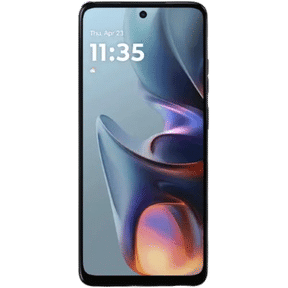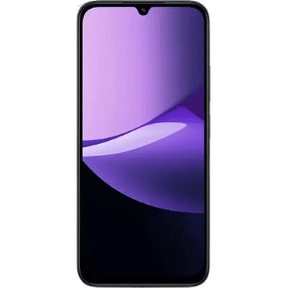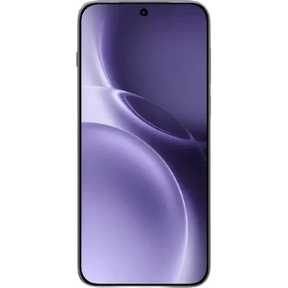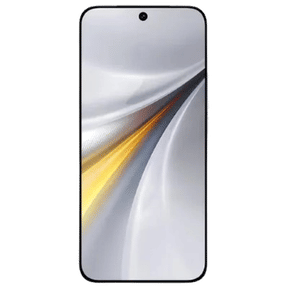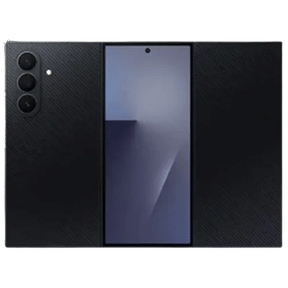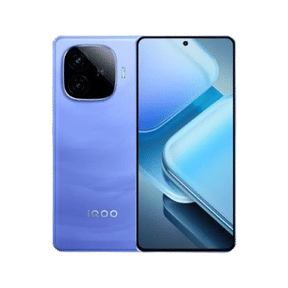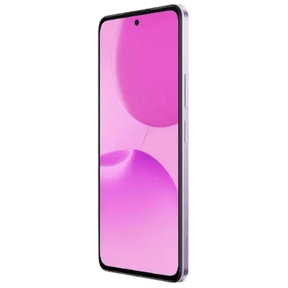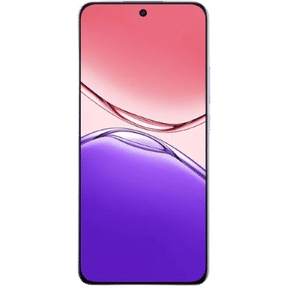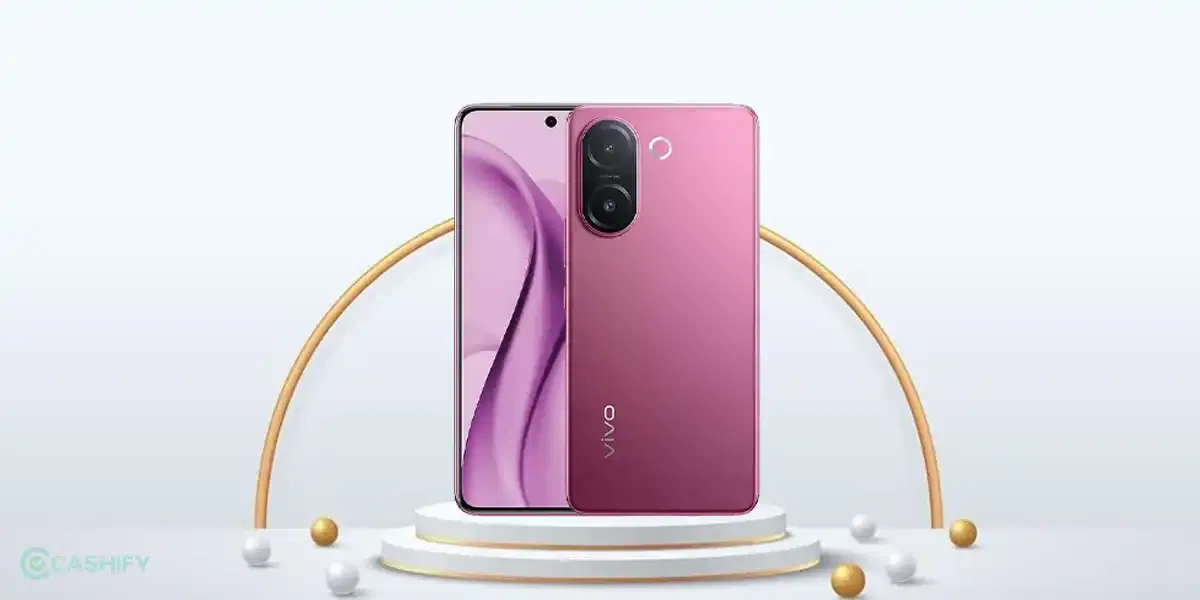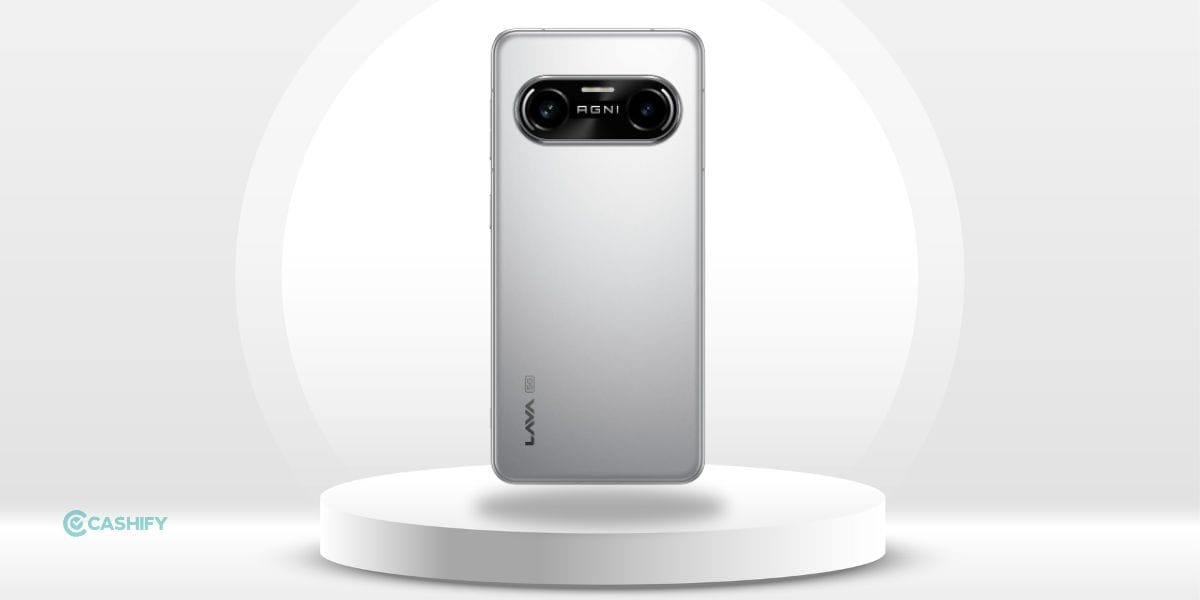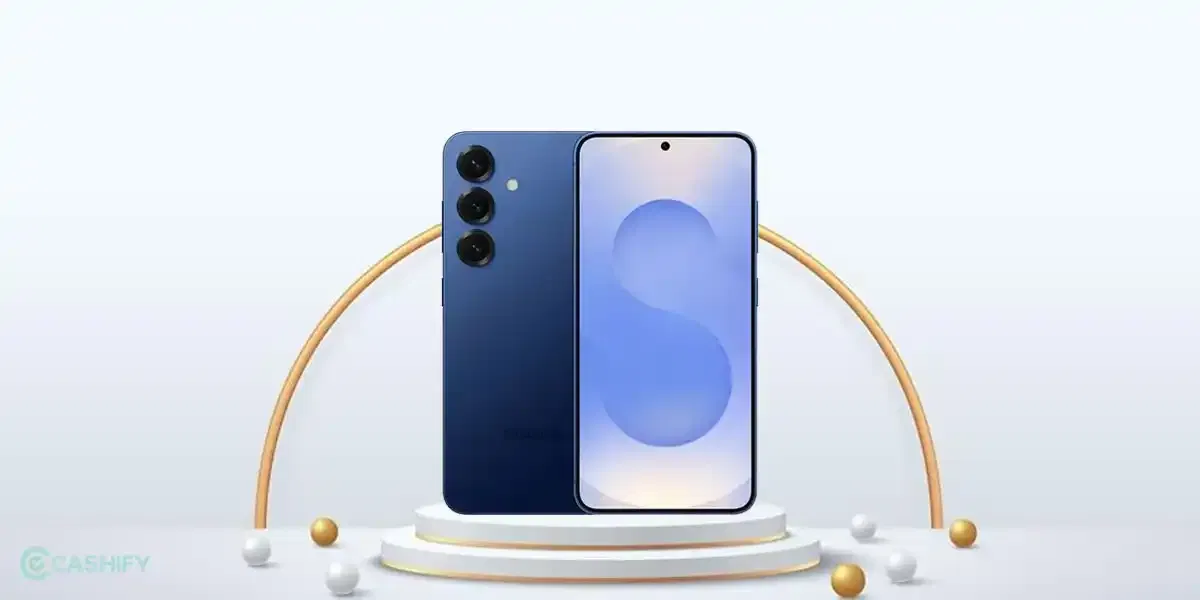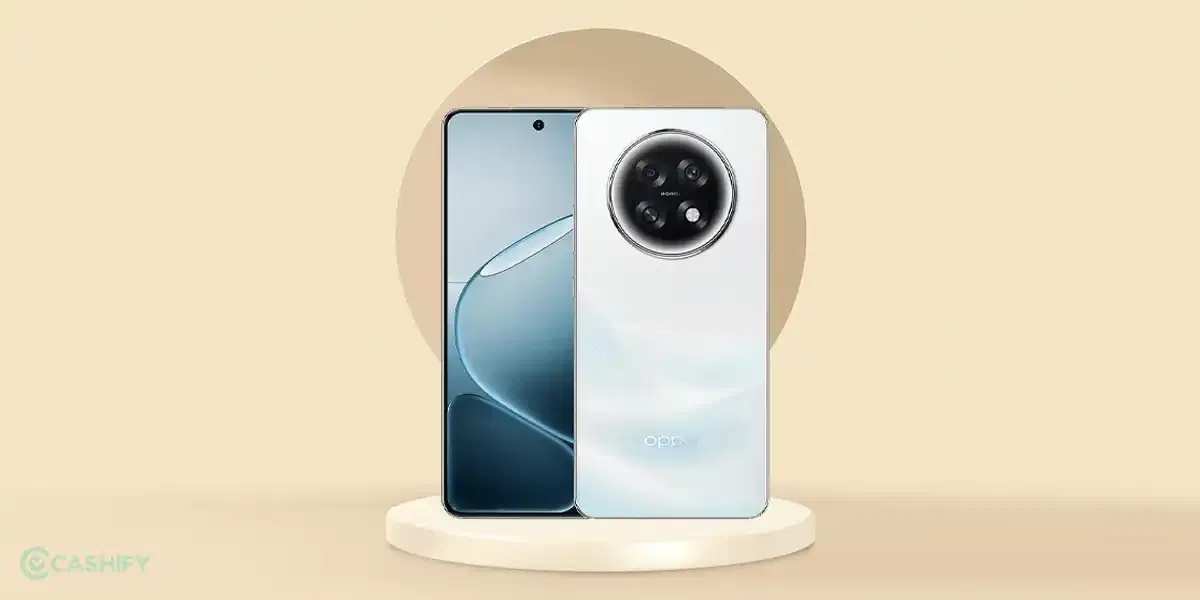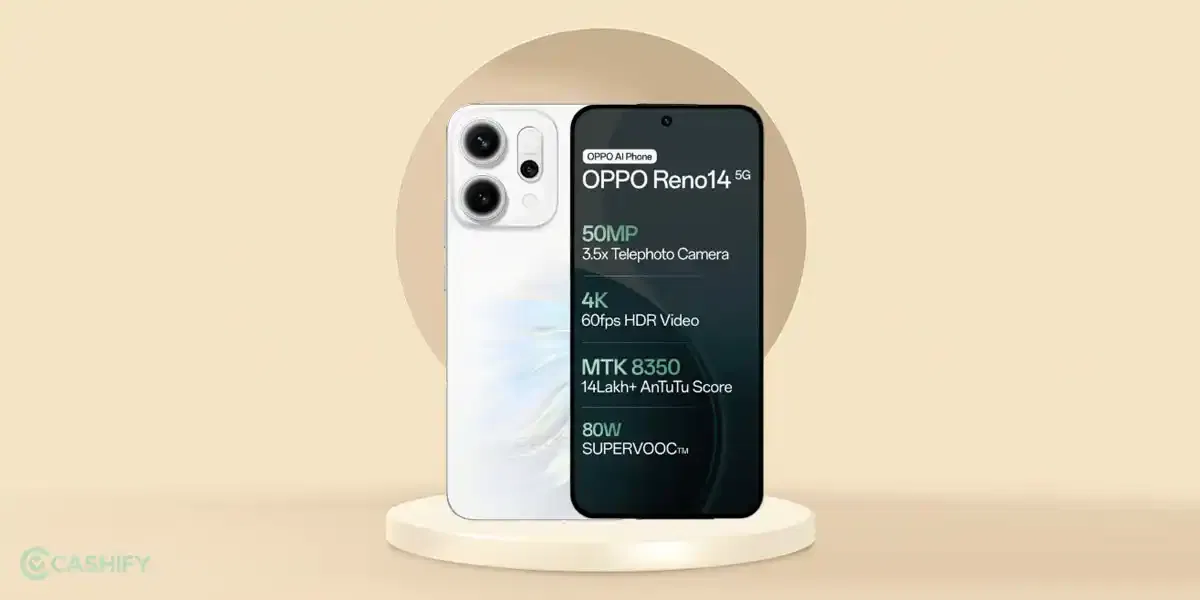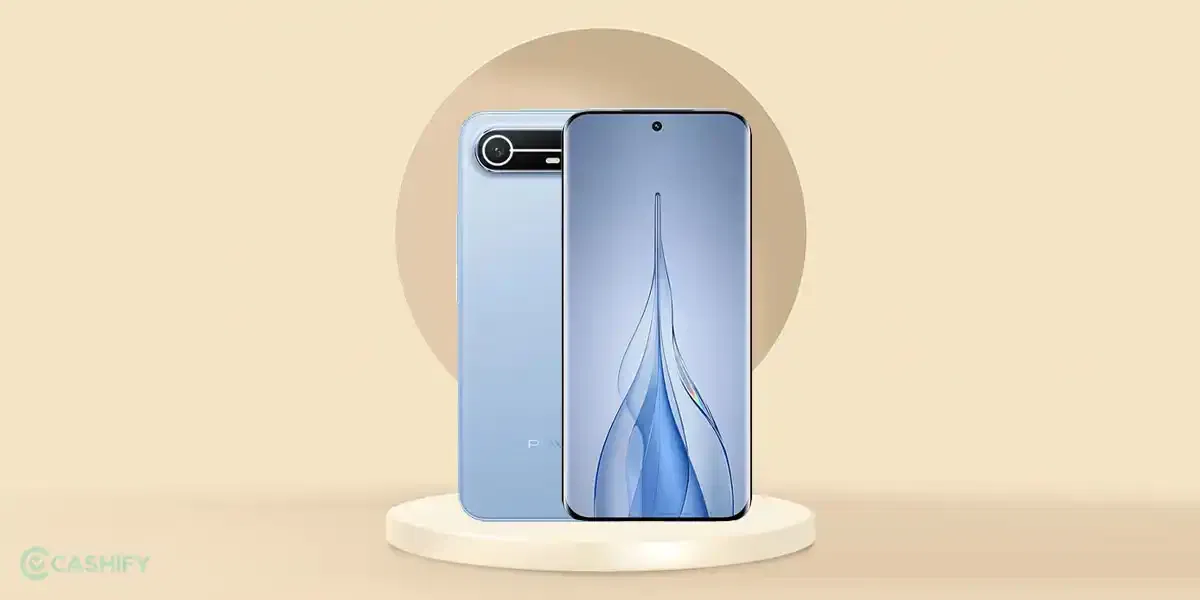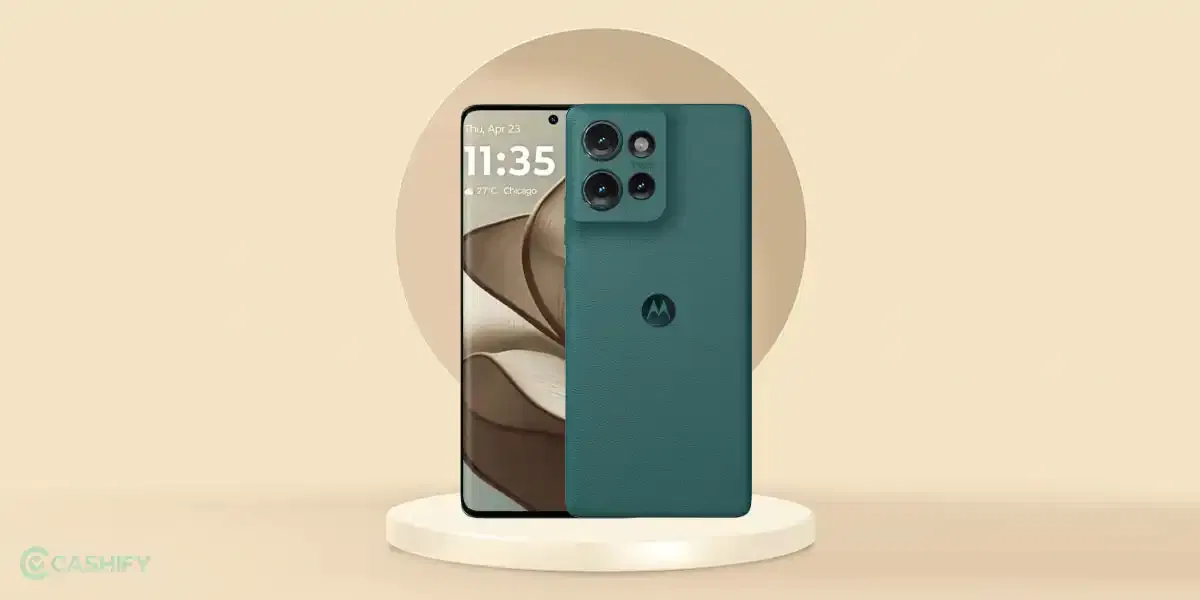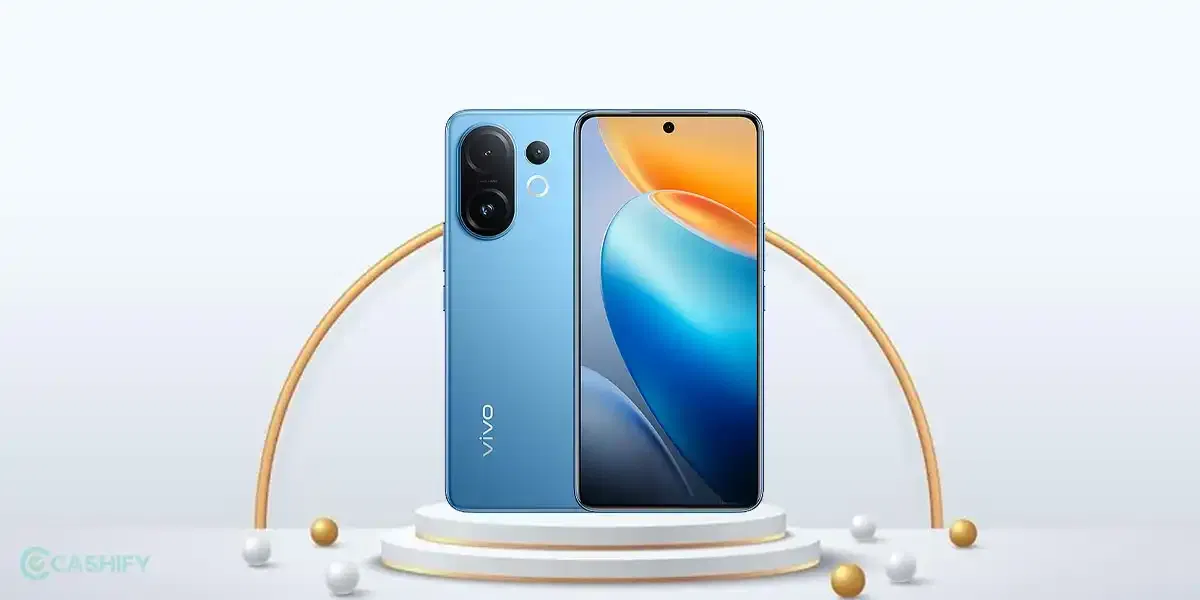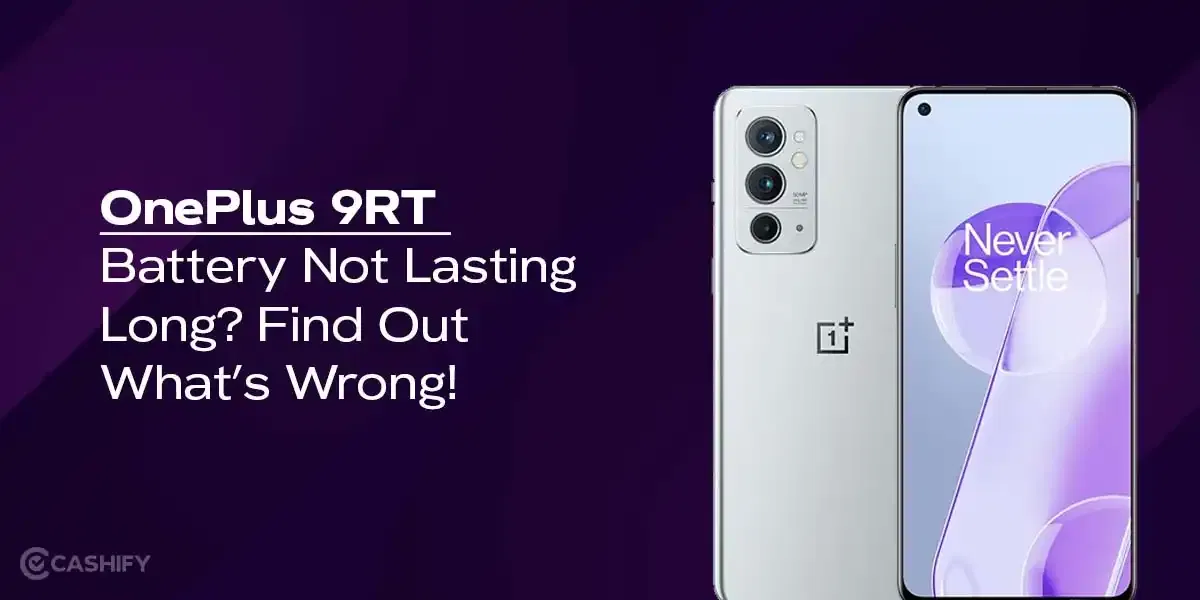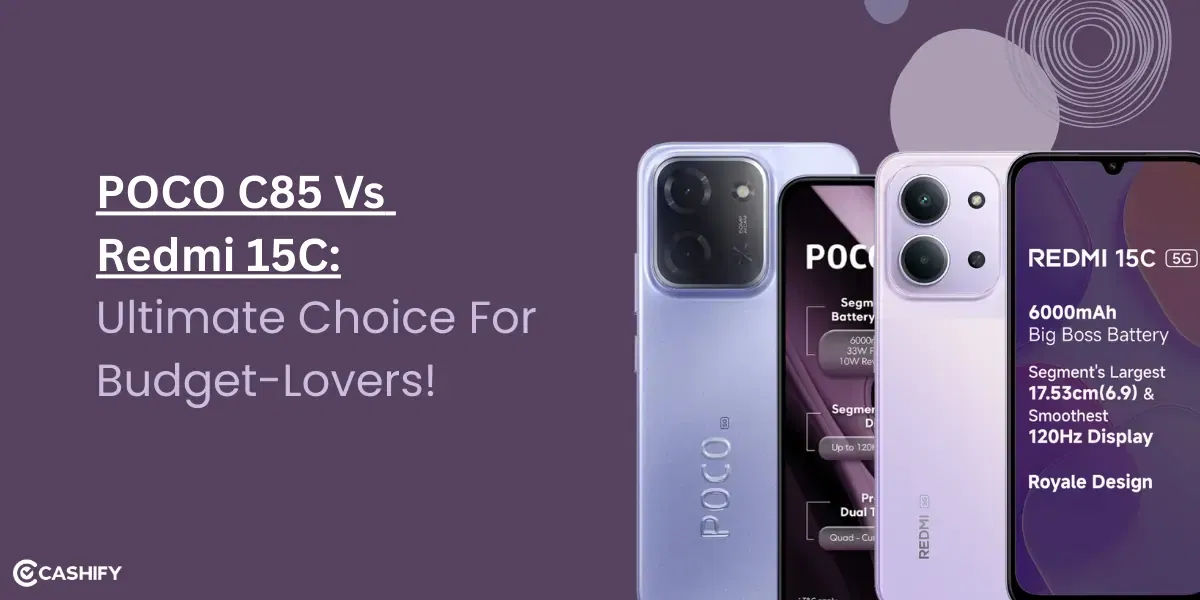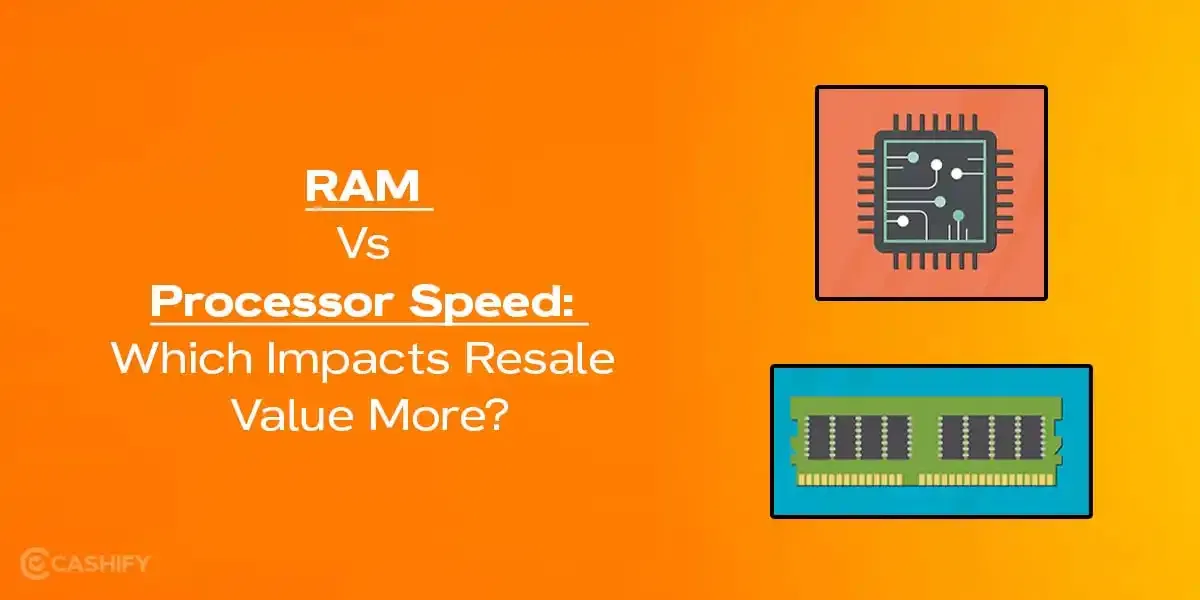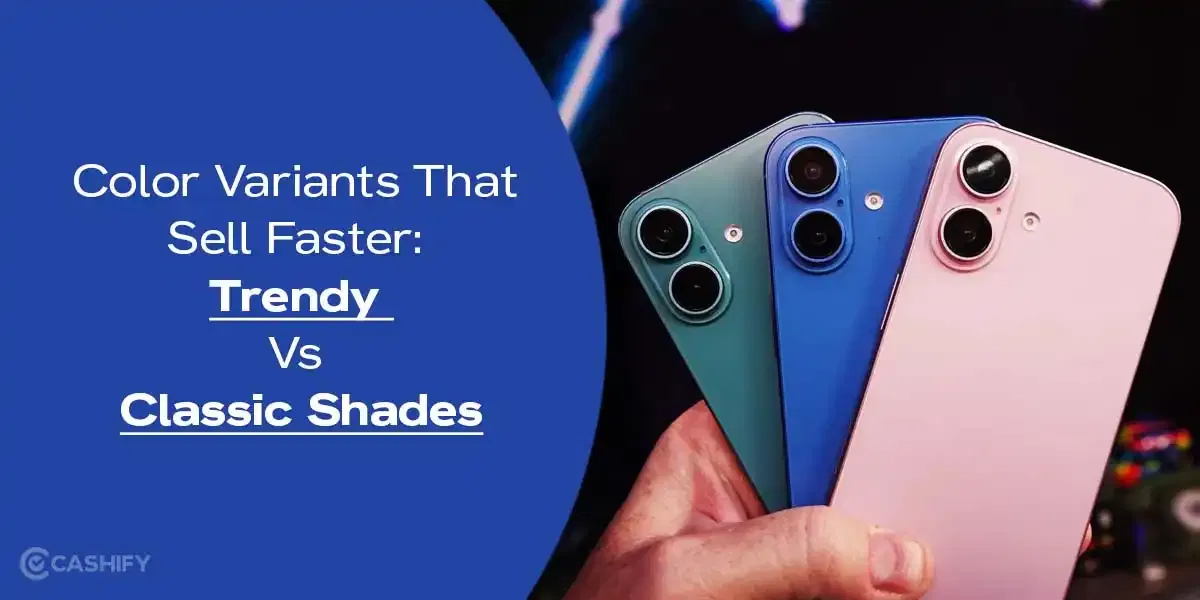
Score
Xiaomi Redmi Go
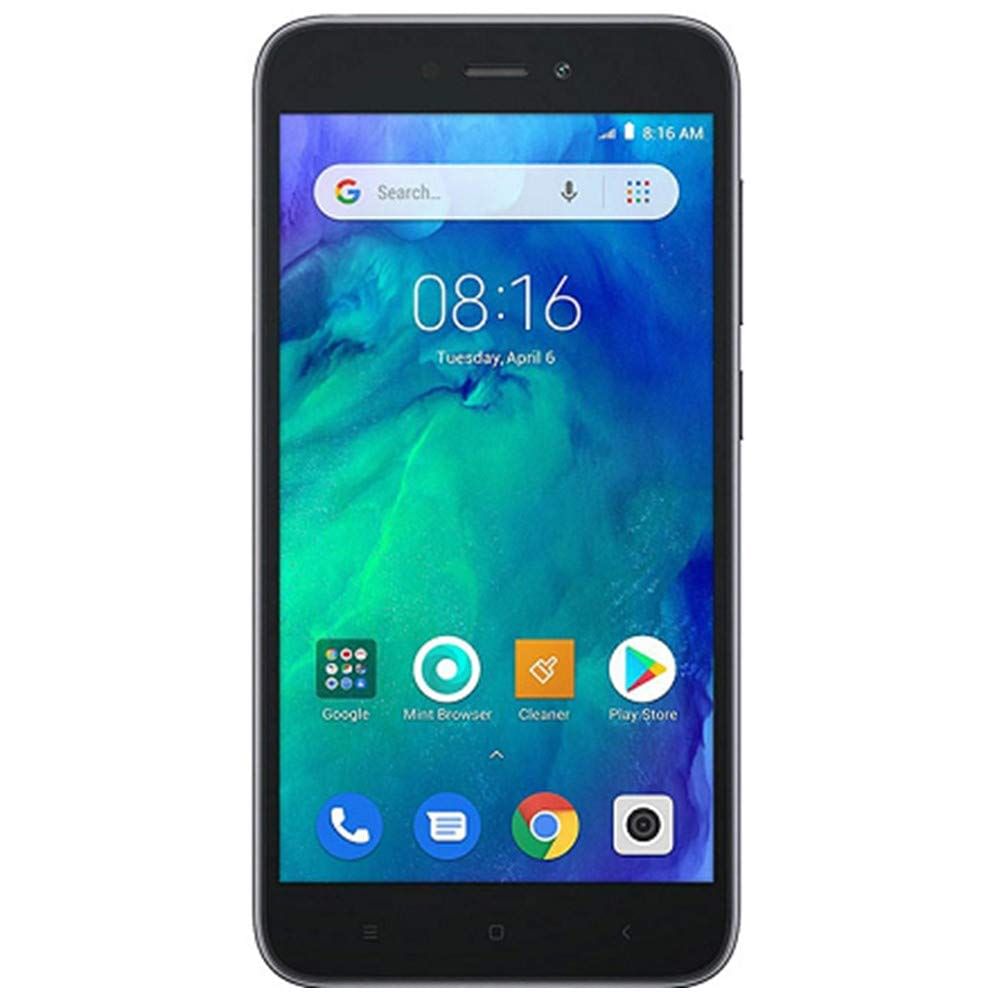
The king of budget phones is back with a low-budget Redmi Go, suitable for the common masses. Priced at Rs 4,499, the Redmi Go may contain some low-tier hardware but remains an accomplished handset.
Despite coming with an old processor and poor cameras, the Redmi Go delivers what it promises to offer – a passable set of hardware to get you through the necessities of a phone. It is a value-for-money phone which does not boast of excess and remains a capable model in the budget market.
PROS
CONS
About the Product Overview
The Redmi Go comes as a budget phone for an audience searching for capable handsets within a tight budget. A few pros and cons are:
Pros
- It has a solid build and looks quite premium.
- It has a sharp display capable of producing punchy colours.
- The Redmi Go has adequate battery which can keep the phone alive with light use for an entire day.
Cons
- The Redmi Go carries an extremely dated processor which falters when it comes to heavy performance.
- The phone fails to provide a proper camera and produces washed-out photos in both day and low light shots.
- It has no notification LED.
Redmi Go is a budget phone, and as a result, it comes with low-tier hardware and processing capabilities. It is a good set for a budget user who does not want to shell out too much money – however, there are better competitors out there.





